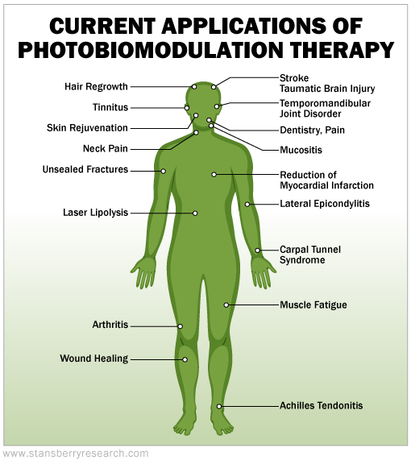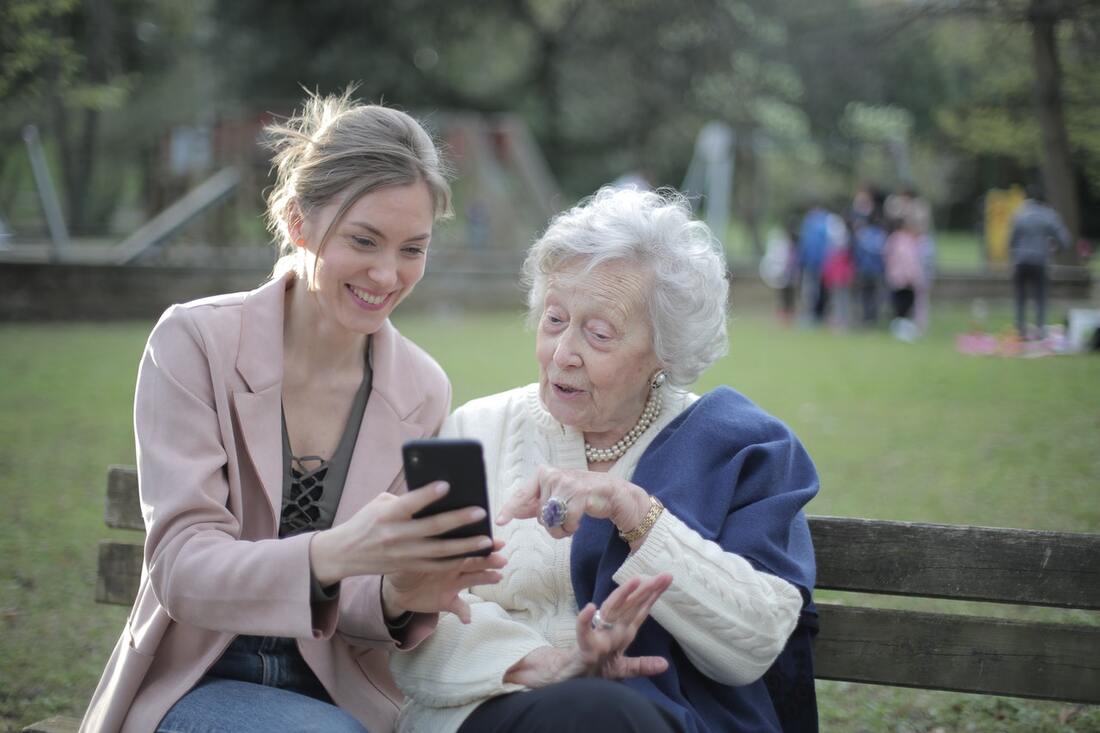|
Many thanks to June Duncan @ RiseUpForCargivers for providing this excellent article. If you are a caregiver, you are not alone. Visit RiseUpForCargivers for help navigating this challenging role.
Caring for a senior loved one during a global pandemic comes with a lot of worries, especially when it comes to their long-term care. Many assisted living facilities have had to make drastic changes to their policies in order to keep their patients safe during the pandemic, making it harder to find openings. The stress that comes with making decisions for your senior loved one can be overwhelming, and those feelings are often exacerbated by health issues they may be living with. Take a look at Enlighten Me Today, which offers resources and tips for those living with various disorders, to get some support. Then, think about how you can help your senior loved one stay healthy and happy down the road. Plan for the costs. When it’s time to think about making a move to assisted living or a retirement home, many seniors pin their hopes on their insurance to cover some of the cost. Unfortunately, Medicare only pays out for specific services, and these are short-term: hospital care, home nursing after an injury or illness, and doctor’s visits. Medicaid will cover some of the costs associated with assisted living, but the coverage varies by state, so it pays to get familiar with their policies according to where you live. Your senior loved one might also be able to secure a private loan to pay for their care, although this can be pricey and isn’t a viable option for everyone. Long-term care insurance is also available, but your loved one would need to have a policy in place before they need it. Finally, they might be able to secure a reverse mortgage on their home, but this can have major implications on their estate planning, so make sure your loved one understands all that comes with this decision. If selling isn’t an immediate option, consider helping your loved one look for financial assistance that would allow for home modifications and aging-in-place. Utilize real estate. Another option for funding long-term care is for your loved one to sell their home altogether. Many seniors utilize real estate sales to help pay for assisted living, and while putting a house on the market looks a little different than it used to due to the pandemic, it’s still possible. With virtual tours and video chats available these days, it’s easier than ever for potential buyers to check out a home while staying socially distanced. When you’re ready to help your loved one get started with the sale, start by looking up local safety guidelines and contact a realtor who can answer any questions you or your loved one might have. Next, start cleaning, decluttering, and preparing the home for viewers. Take their needs into consideration. Your senior loved one’s long-term needs may change over time. Although it’s impossible to see into the future, it is necessary to think about how to help them make the most of their living situation. Once you’ve figured out how to fund the move, think about what type of facility is best. Some offer everything from health care to meal preparation, while others allow for more independence. If your loved one is living with a disability or has trouble with daily tasks, a full-care facility will likely be the best option. Those who are at risk for mobility issues down the road or may need memory care will also benefit from a facility that offers a wide range of services. Helping a senior make decisions about their long-term care can be daunting and may even take an emotional toll on both of you, so it’s important to practice self-care during this time. Pay attention to your loved one’s emotional needs, especially if the decision is made to sell their home. If possible, work on a plan together so they’ll feel more comfortable with the outcome. Photo via Pexels
0 Comments
 In the 1860s, Florence Nightingale taught her nurses about the importance of being exposed to fresh air and sunlight during convalescence. It is fitting to highlight one of the many health benefits Florence Nightingale advocated during this week as it is National Nurses Week. Her birthday is May 12th as well, marking the end of the Nurses Week. Flash forward to today where 93% of our time is spent indoors. There is now more than ever a greater need for supplements or other therapies to make up for some peoples lack of time with natural light. That or find the time to get out more. Light therapy is used by some healers – in different forms – to treat a variety of ailments... For instance, photobiomodulation therapy – which targets the regenerative properties of cells in the body. Turns out, the body has three pathways by which it uses light: through the eyes and vision, through a non-visual optic path, and via photobiomodulation as detailed below:
The chart to the left shows all the possible treatment targets using photobiomodulation therapy. Essentially, light can be used to help you regrow hair, heal wounds, reduce pain, and even rejuvenate the skin. Light therapy is commonly used as a treatment for seasonal affective disorder ("SAD"). SAD is a form of depression that occurs as the result of lost sunlight exposure during the winter months. SAD is generally experienced as moodiness and the loss of energy. More than 10 million people in the U.S. experience SAD. To counteract the lack of sunlight received during the dark winter months, people can use light therapy lamps at home or in the office. This technique is called bright light therapy. Spending just 20 minutes a day sitting in front of a sun lamp is known to have great effects on people's mood and levels of depression. Bright light therapy mimics the sunlight through a lamp. Spending 15 to 30 minutes in bright light – at least 10,000 lux – stimulates your retinas, which then activates the hypothalamus. The hypothalamus then regulates your circadian rhythm (your sleep-wake cycle). The exposure to bright light also stimulates the production of melatonin (also used in the circadian rhythm cycle) and regulates the use of serotonin (which regulates your mood). A 2020 study published in the Public Library of Science found that bright light therapy is also an effective treatment for bipolar depression. A total of 12 studies were included in this meta-analysis and a total of 847 patients with bipolar depression were examined. Using bright light therapy to treat bipolar depression usually yields quick results, whereas many medicines can take a month to build up in the system enough to have an effect. Bright light therapy has been found to be an effective treatment for people with Parkinson's disease who are experiencing sleep disturbances and depression. It also has been shown to improve motor function in people with Parkinson's. Additionally, bright light therapy is helpful for people experiencing panic disorder or post-traumatic stress disorder ("PTSD") and who are also being treated with exposure-based cognitive behavioral therapy. While we have fantastic technology these days to use light to our advantage, getting full spectrum natural sunlight is still very important. Here are seven ways we can practice getting more good light to support our general health and well-being... 1) Use halogen or incandescent bulbs – they are the closest to broad spectrum daylight. 2) Avoid fluorescent and compact fluorescent lamp ("CFL") bulbs – because they are prone to flickering, emit UV radiation, and contain mercury vapors that can escape if the bulbs are broken. 3) Choose "warm white" light emitting diode ("LED") bulbs – using them will minimize the effect of harmful blue light. You can find these warm whites at the grocery store or online – wherever you're buying your bulbs. Household LEDs generally are sold at 6 watts. 4) Avoid fluorescent and LED bulbs with excessive flickering – they cause unnecessary stress. 5) Avoid light sources in your bedroom at night, especially electronics. 6) Spend as much time as possible outdoors in daylight, especially in the winter. 7) Expose yourself to daylight without your glasses or contact lenses on. Letting the light hit your eyes without a barrier allows for better absorption of the sun's rays. The great news is that spending time in the sunlight is a very low risk activity. Some risk is associated with being exposed to ultraviolet light – which in large enough doses is linked to skin damage, retina damage, and accelerated aging over long periods of time. Otherwise, being bathed in the light of the sun is essential to your health and well-being. Not only will you be healthier, but you will find yourself happier as well. They don't call it a "sunny disposition" for nothing. Portions of this article were an extract from Doctor Eifreg (Optometrist). |
AuthorMartin Luther King Jr. said "Life's most persistent and urgent question is, 'What are you doing for others?'" Archives
August 2023
|


 RSS Feed
RSS Feed